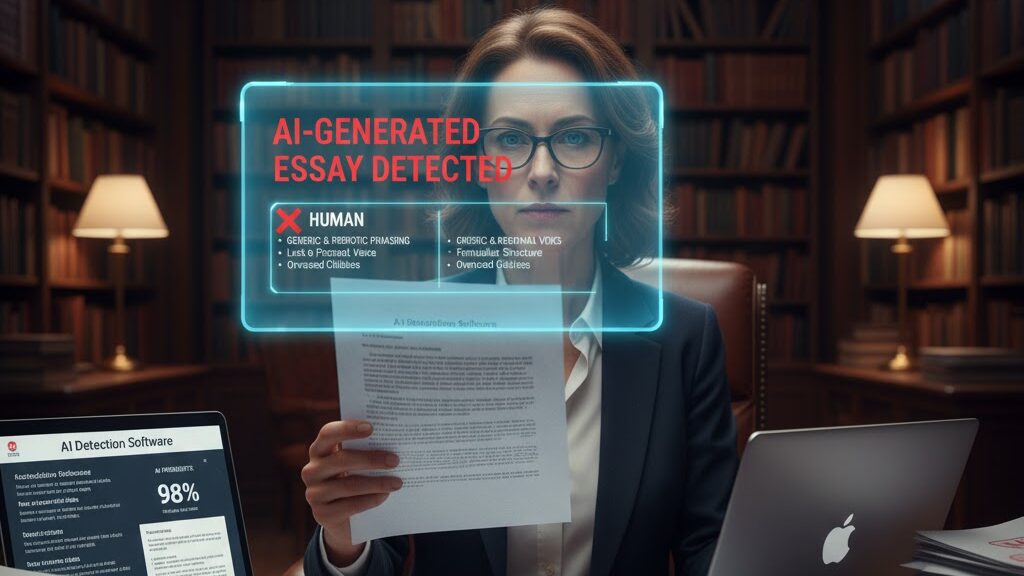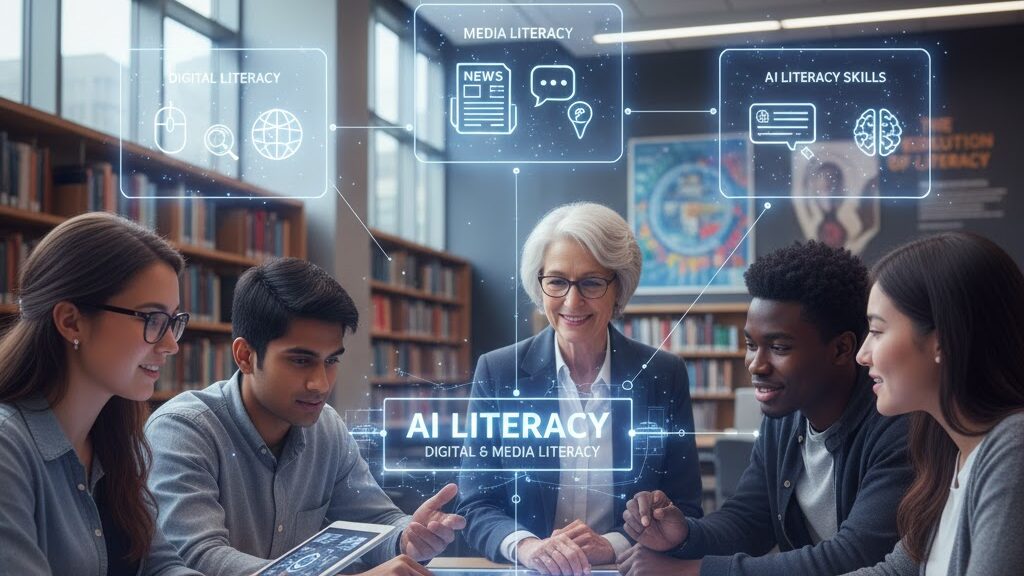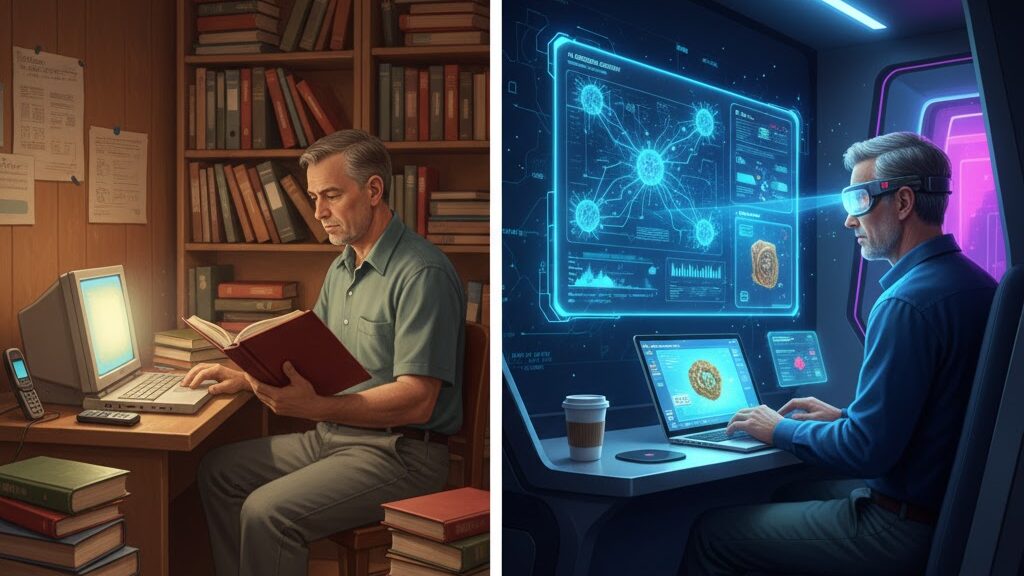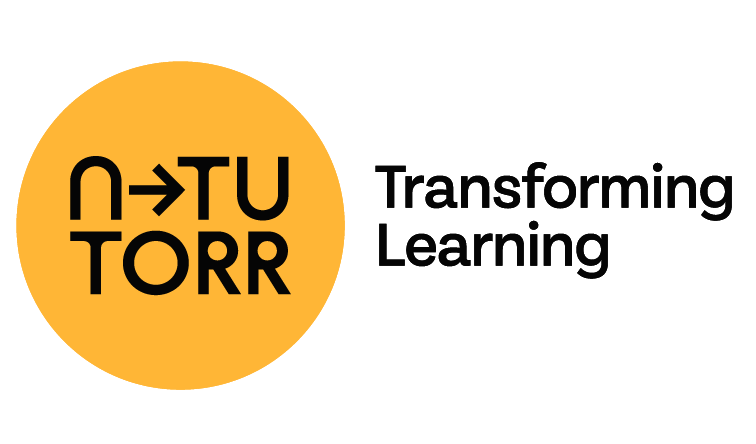
Source
The Conversation
Summary
According to the OECD’s 2024 Teaching and Learning International Survey (TALIS), Australian teachers rank among the world’s highest users of artificial intelligence in education, with 66 % of lower secondary teachers reporting AI use—well above the OECD average of 36 %. Most use AI for lesson planning and content learning, though fewer apply it for grading or analysing student data due to privacy and ethical concerns. The survey also highlights serious teacher stress, with Australia ranking third-highest in reported workplace stress and first in frequent stress incidents. Despite satisfaction with academic preparation, teachers feel undertrained in behaviour management, signalling the need for systemic support alongside technological adoption.
Key Points
- 66 % of Australian teachers use AI, placing them fourth globally.
- AI is mostly used for planning and learning, not assessment or data analysis.
- Australian teachers report some of the highest stress levels in the OECD.
- Only half felt adequately trained in managing student behaviour.
- The report calls for policies balancing teacher wellbeing with technological progress.
Keywords
URL
Summary generated by ChatGPT 5





